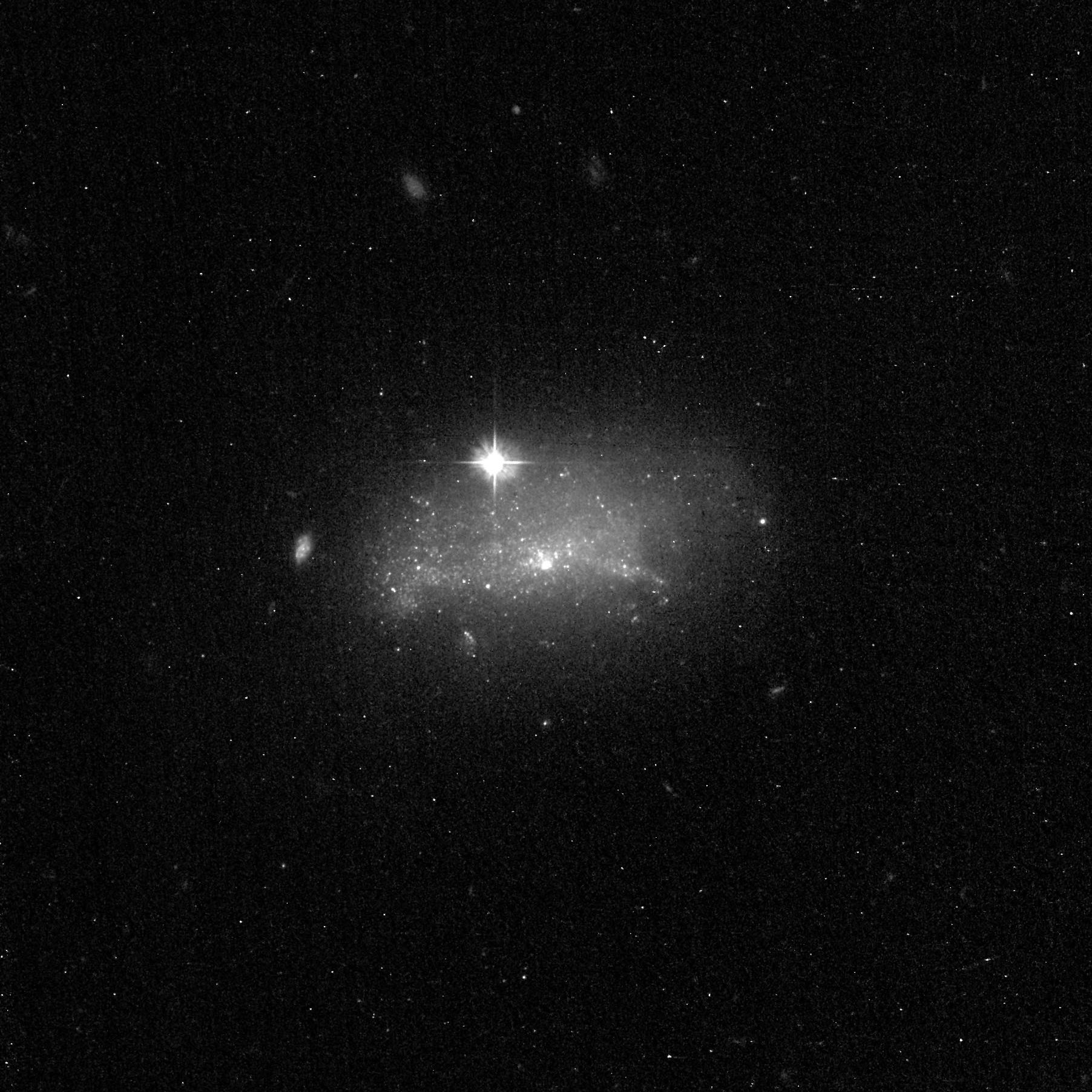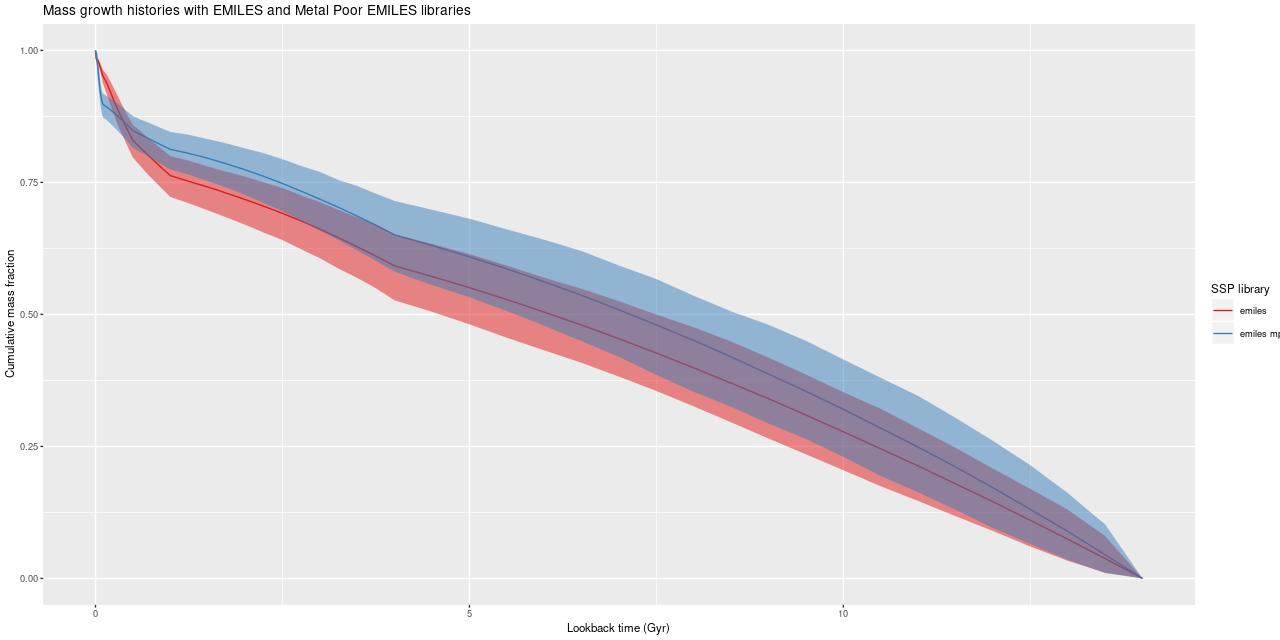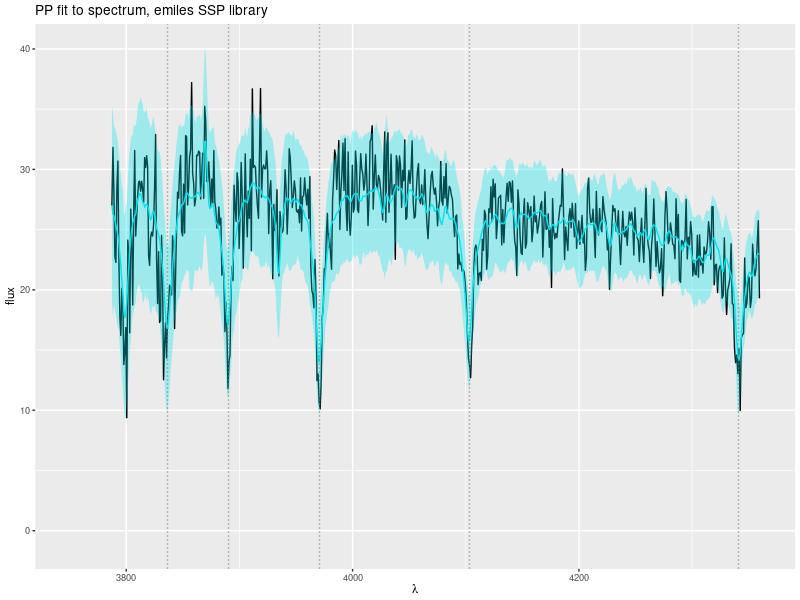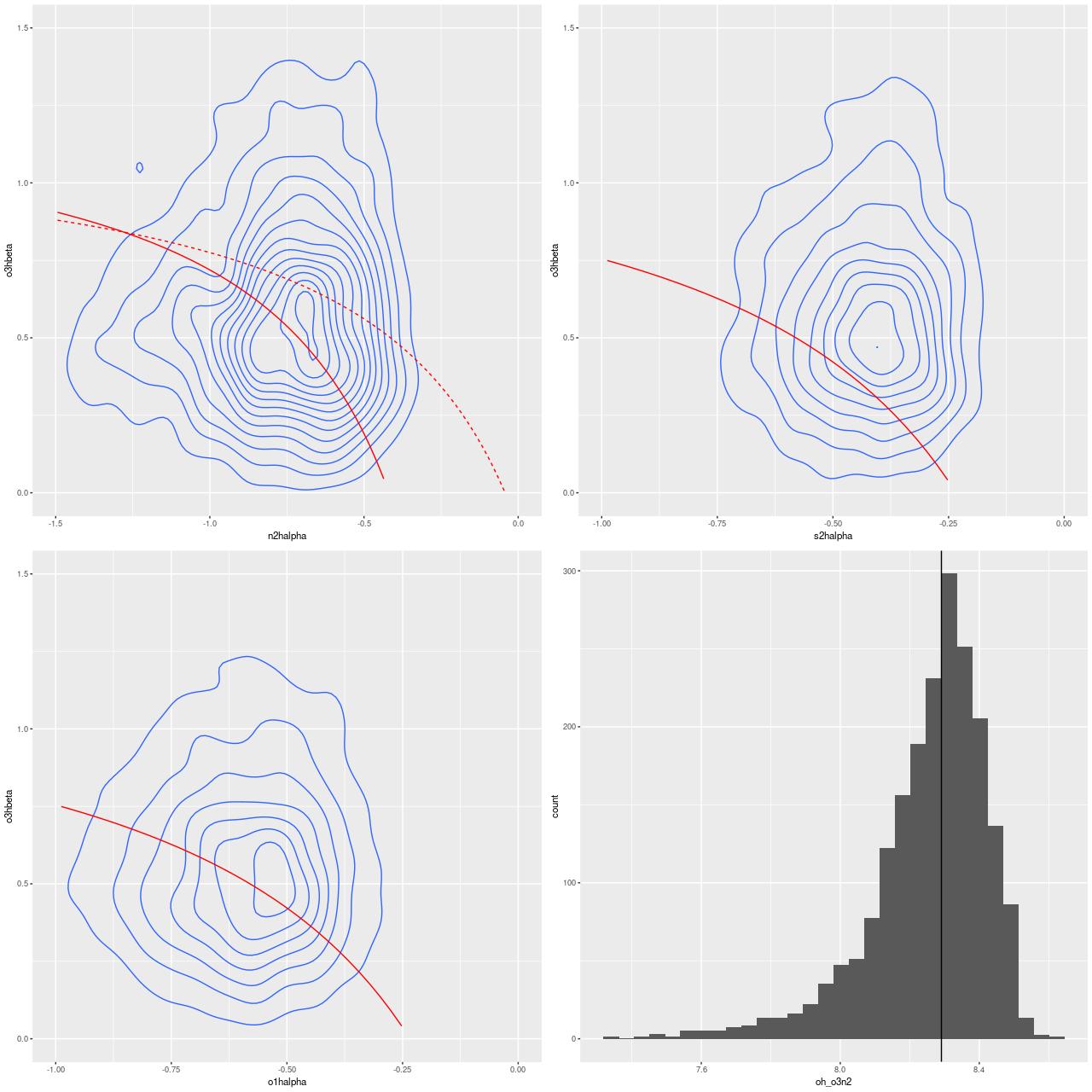I may as well post this here too. This HST ACS/WFC image was taken as part of SNAP program 15445, “Gems of the Galaxy Zoos,” PI Bill Keel with numerous collaborators associated with Galaxy Zoo (see also this Galaxy Zoo blog post). This is my Q&D processing job on the calibrated/distortion corrected fits file using STIFF and a bit of Photoshop adjustment.

Proposal ID 15445 “ZOOGEMS”, PI Keel
Comparing that to the finder chart image from SDSS below, which is oriented slightly differently, it appears the area observed spectroscopically was a centrally located star cluster or maybe complex of star clusters.
What interested me about this and a number of other nearby galaxies (which were discussed at some length on the old Galaxy Zoo Talk) is it has a classic K+A spectrum:
that the SDSS spectro pipeline erroneously calls a star with an improbably high radial velocity of ≈1200 km/sec. Well it’s not a foreground star obviously enough, and the SDSS redshift is close but not quite right. I measure it to be z = 0.0043, or cz = 1289 km/sec, which agrees well enough with the NED value of 1282 km/sec (obtained from an HI radial velocity by by Garcia et al. 1994).
Karachentsev, Nasonova, and Curtois (2013) assign this galaxy to the NGC 3838 (which is just NW of our target galaxy) group, which they place in the background of the Ursa Majoris “cloud,” which is in turn a loose conglomerate of 7 groups about 20 Mpc. distant. They adopt a distance modulus to the group of 32.3 mag., which is a little higher than the NED value (with H0 = 70 km/sec/Mpc) for this galaxy of 31.6 mag. SDSS lists the g band psfMag as 18.7 for the spectroscopic target, which makes its absolute magnitude around -12.9.
In contrast to the appearance of the spectrum the galaxy itself doesn’t look like a typical K+A galaxy. In the local universe most field or group K+A’s are disturbed ellipticals, which are thought to be the aftermath of major gas rich mergers. This galaxy, while irregular in morphology, is not particularly disturbed in appearance and shows no sign of having recently merged. Quenching mechanisms that are thought to act in cluster environments aren’t likely to be effective here since the Ursa Majoris complex isn’t especially dense (and according to the above authors also light on dark matter). I think I speculated online that this and galaxies like it might actually be old and metal poor (having the infamous “age-metallicity” degeneracy in mind), but that doesn’t really work. Even the most metal poor galactic globular clusters are considerably redder than the spectroscopic object.
So, I did some SFH modeling, which I will describe in more detail in a future post. I currently mostly use a subset of the EMILES SSP library with Kroupa IMF, BaSTI isochrones and 4 metallicity bins between [Z/Zsun] = -0.66 and +0.40. I supplement these with unevolved models from BC03 matched as nearly as possible in metallicity. For this exercise I also assembled a metal poor library from the Z = -2.27, -1.26, and -0.25 models with all available ages from 30Myr to 14Gyr. Here are estimated mass growth histories:

Both models have nearly constant rates of mass growth over cosmic history which implies slowly declining star formation, with the metal poor models having slightly faster early mass growth (and hence slightly older light weighted age). Neither exhibits a starburst, faded or otherwise. The “metal rich” model fits show a slight acceleration beginning about 1Gyr ago, while the “metal poor” fits have a few percent contribution from the youngest, 30Myr, population (which already has quite strong Balmer absorption). So the age-metallicity degeneracy manifests in these full spectrum fitting models as small(ish) variations in detailed star formation histories. The fits to the data are indistinguishable:

The fits to the Balmer lines appear to be systematically weak but this seems to be an artifact. Zooming in on the blue end of the spectrum the posterior predictive fits match the full depth of the absorption lines (Balmer lines from Hγ to Hη are marked)[1]:

While weak there is some ionized gas emission (note for example that Hα is completely filled in, which implies the emission equivalent width is ~several Å). Here are BPT diagnostic plots for [N II]/Hα, [S II]/Hα, and [O I]/Hα vs [O III]/Hβ. The contours indicate the joint posterior density of the line ratios with arbitrary spacing. The lines are the usual SF/something else demarcation lines from Kewley et al. Although the constraints aren’t very strong most of the probability mass lies outside the starforming region, suggesting that the area sampled by the fiber is at least for now “retired.”
The BR panel of the plot shows the estimated posterior distribution of the “strong line” metallicity indicator O3N2 with the calibration of Pettini & Pagel (2004). This does indicate that the gas-phase metallicity is sub-solar by about 0.6 dex.

Conclusion?: I think we’re most likely seeing the effect of stochastic star formation (in time and maybe space as well). The region sampled by the fiber has an estimated (by me) stellar mass slightly lower than \(10^7 M_{\odot}\), which is probably low enough for supernova feedback to at least temporarily suppress star formation. Without more data it’s hard to tell if star formation is globally suppressed at present, but there’s no real reason to think it is. There is a supply of neutral Hydrogen available (see Garcia et al. linked above and Serra et al. 2012), so star formation could well resume any time.
[1] I’m getting ahead of myself a little bit, so quick explanation. I’m doing full Bayesian inference of star formation histories and emission line contributions. Mass growth histories are assembled from the posteriors of the individual SSP contributions, and what’s plotted are 95% posterior credible intervals (I wouldn’t actually claim that I’m 95% confident that’s what the real history of mass growth looks like, but that’s a matter for additional posts).
The spectrum fits are what Bayesians call posterior predictive fits. That is, we take draws from the posterior distribution of the parameters and generate new data. In this case we have spectroscopic fluxes and calculated uncertainties, so we’re predicting what new spectroscopic data would look like taken under the exact conditions of the observed data. The transparent blue ribbon in these plots is again a 95% confidence interval. If the model is good the ribbon should enclose about 95% of the measurements, which seems nearly enough to be the case this time.
